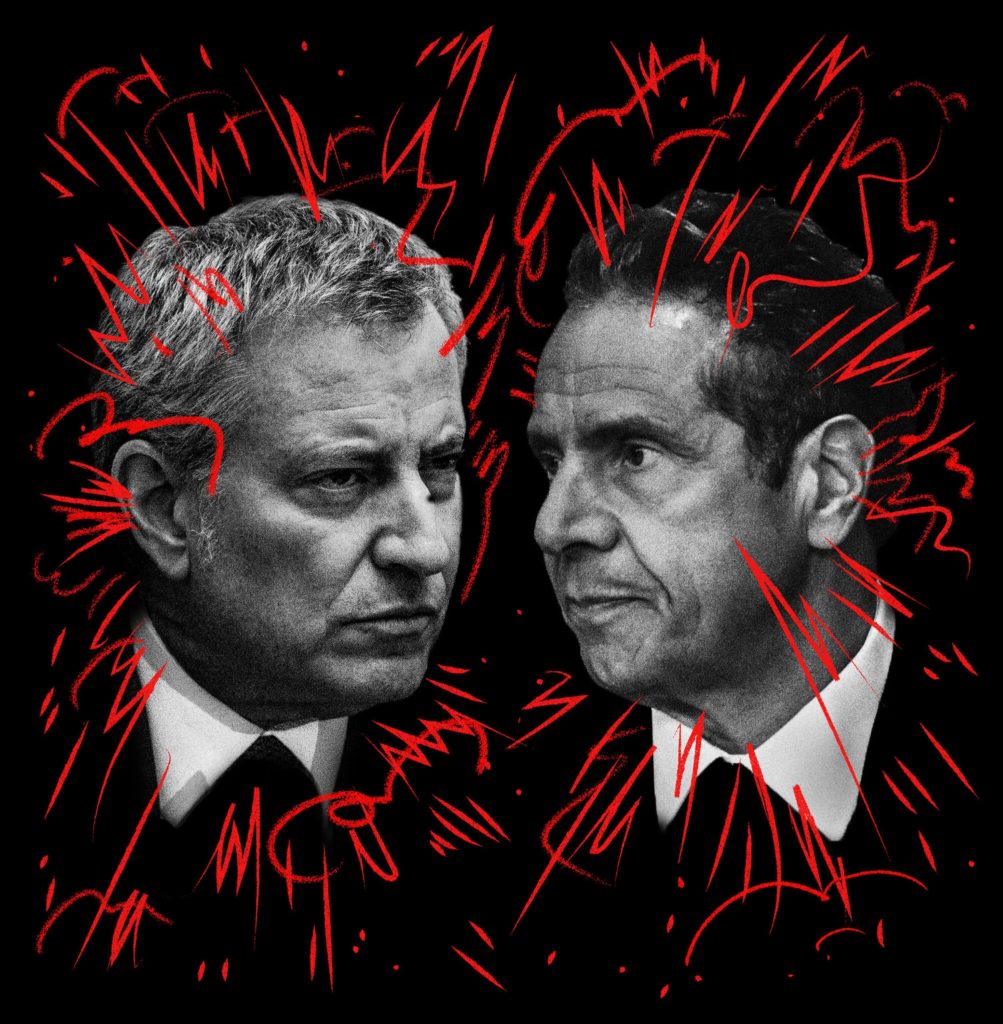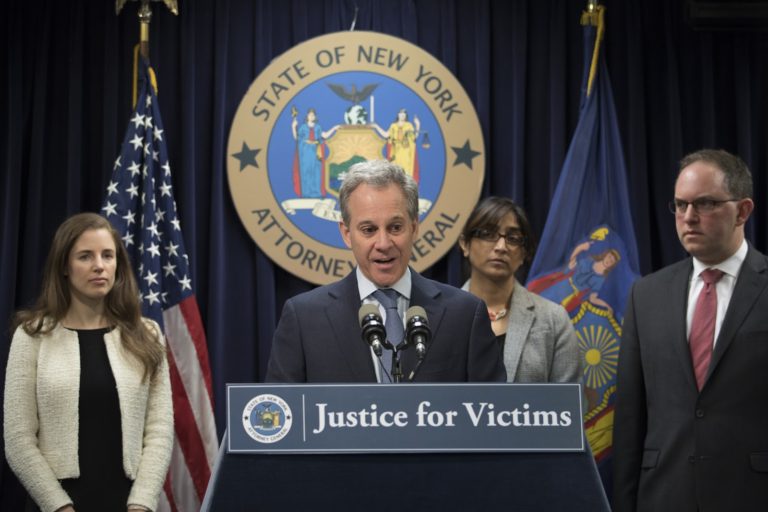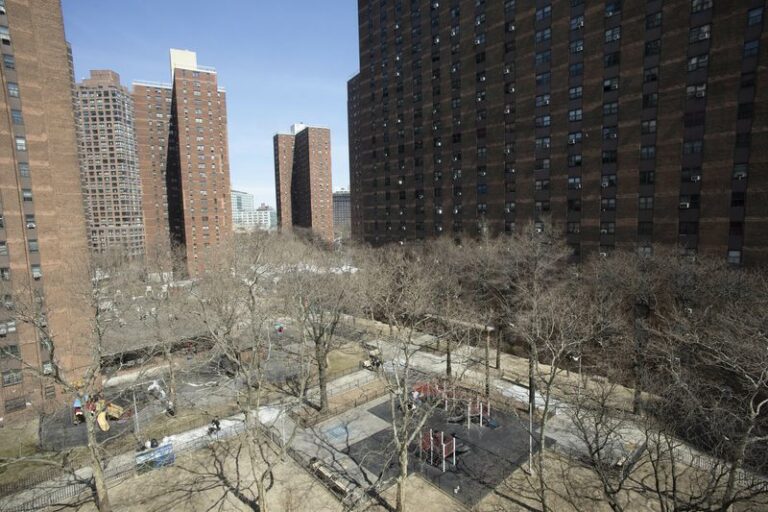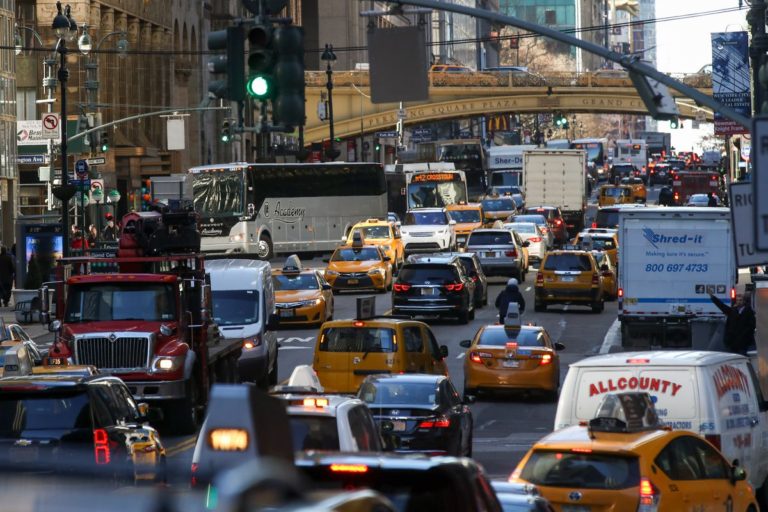
When it comes to the coronavirus pandemic, New York City has become a national model for disease control.
Despite being hit worse than anywhere in the world with 700 COVID-19 deaths per day in April, New York City is now reporting less than 10 daily deaths. Restaurants, museums and small businesses are in nearly full swing again, and it’s all due to the prompt and complete shutdown of the city as ordered by Governor Andrew Cuomo in the early weeks of spring infections. In a July 18 interview with PBS NewsHour, White House health advisor Anthony Fauci praised New York for its leadership, saying the state responded “correctly” to bring the outbreak under control.
In early September, after weeks of relatively low infection rates, the NYC Health Department reported significant spikes in cases in six Brooklyn and Queens neighborhoods with concerns of a potential second wave of the coronavirus. Having already surmounted a gruesome first wave though, New York leaders should have had no issue with dealing with small case spikes in these neighborhoods, right?
Wrong. Following the report, Mayor Bill de Blasio and Governor Andrew Cuomo entered a public battle over how to handle these hotspots that has left citizens outraged.
The mayor promptly announced an emergency crackdown in nine Brooklyn and Queens zip codes, which would have closed all schools and nonessential businesses. But before these restrictions could be implemented, Cuomo rejected the plan during a press briefing—suggesting that the zip codes were an imprecise guide used to identify hotspots and that he was considering other geographic boundaries. He also refused to close nonessential businesses, claiming they were not the source of infections. A day later, Cuomo released his more detailed plan that appeared to somewhat align with de Blasio’s, but nevertheless effectively preempted the mayor’s orders.
However, despite the governor’s decision—which he said was made in consultation with the mayor—the conflicting messages continued. Shortly after Cuomo made his announcement, de Blasio reiterated that the city still planned to go forward with closing nonessential businesses. On Thursday, the endless bickering entered its latest round when de Blasio called the governor’s threat to cut funding for institutions that didn’t enforce COVID-19 regulations “bluster” and Cuomo dismissed de Blasio’s predictions of when restrictions would be lifted.
These dissonant messages from two of New York’s most prominent politicians have led to confusion and anguish among residents, business owners, and community leaders of the affected areas. Because of its divided authorities, the City has not been able to effectively execute enforcement guidelines—often, even leading residents to blame the issue of coronavirus infection on poor leadership rather than noncompliance from their own communities.
This sentiment has become particularly evident in the large Orthodox Jewish population residing in the hotspot neighborhoods, where the heightened restrictions have amplified protesting and rioting led by Jewish activists. Already lax in their attitudes towards city guidelines, some members of the Haredi community have become enraged over Cuomo and de Blasio’s new lockdown due to its alleged targeting and poor communication. Motti Seligson, a spokesman for the Brooklyn-based Chabad-Lubavitch Hasidic movement, explained their discontent: “There have been a lot of mixed messages and a lack of real engagement on a deep level with these communities.” No doubt, people are suffering because the mayor and governor failed their duty to give firm, clear messaging for these communities that desperately needed it.
Unfortunately, this incident is only a manifestation of a longtime bitter feud between the two. Over the years, the two men and their close aides have not hesitated to retain any pretense of collegiality when speaking of the other politician on Twitter or in interviews. De Blasio and Cuomo have sparred constantly over authority in New York City over topics like subways, public housing, homelessness, and the NYPD. One particularly contentious incident occured in 2015 when Cuomo surprised de Blasio by shutting down the subways amid a snowstorm—which de Blasio did not discover until it was being announced. Debates have found their way to a range of trivial subjects too, including napping, topless women in Times Square, euthanizing a deer and workout schedules.
But while their history of petty disputes warrants laughs, the issue of coronavirus handling should not. In this public health crisis and historic moment in which we find ourselves, our government should communicate to its citizens with unity and solemnity, not division and chaos. Lest we forget New York City’s million jobless workers, 2,800 permanently closed businesses, and most tragically, 23,000 COVID-19 deaths. Get your act together, de Blasio and Cuomo. The lives of people are at stake, and they deserve real leadership.



